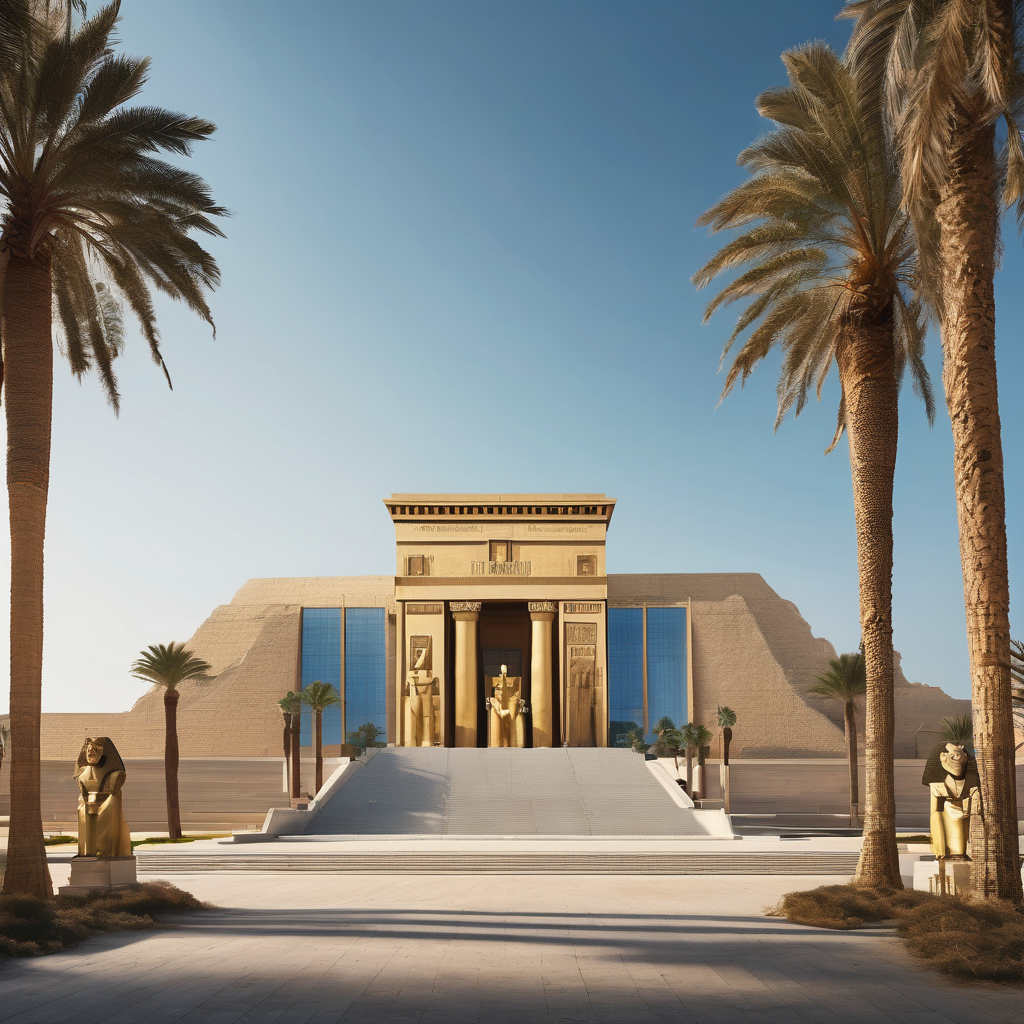Egyptian officials are optimistic that the opening of the Grand Egyptian Museum (GEM) will revitalize the nation’s tourism industry, which has struggled for over a decade due to internal unrest, the COVID-19 pandemic, and regional conflicts. The GEM is set to open its doors on Saturday and is projected to attract up to 7 million additional visitors annually, potentially increasing the total yearly visitors to around 30 million by 2030.
This impressive 500,000-square-meter facility, which overlooks the historic Giza Pyramids, will display tens of thousands of artefacts, including the full collection of treasures belonging to the boy-king Tutankhamun, many of which will be shown to the public for the first time. Unlike the crowded displays of the old Egyptian Museum in downtown Cairo, the GEM will feature innovative immersive exhibits and virtual-reality installations.
Tourism has been a critical source of foreign currency for Egypt, essential for funding vital imports such as fuel and wheat. In 2022, the country welcomed 15.7 million tourists, generating a record $15 billion in revenue, rebounding from the lows of the tourism sector during the previous years when revenues plummeted to $3.8 billion in 2015/16 amidst extensive political upheaval.
Despite this recovery, the tourism sector has faced persistent challenges, including outdated infrastructure, planning shortfalls, and security concerns. Egypt’s tourism struggles lag behind that of regional competitor Turkey, which attracted over 50 million visitors last year, translating into $60 billion in revenue.
Ghada Abdelmoaty, an associate professor at the Higher Institute of Tourism and Hotels in Alexandria, views the visitor targets as achievable. “The museum accommodates a huge collection that was previously kept in storage due to lack of display space,” she stated.
The Egyptian government aims to attract a greater share of cultural tourists who tend to spend more and stay longer than those visiting for beach vacations. Currently, cultural tourists account for around 10-15% of international visitors, although a 2021 study indicated that they represented less than a quarter of total arrivals.
Efforts to improve tourism infrastructure around the GEM include better roads, a new airport just 25 kilometers from the museum, and relocating the entrance to the Giza Pyramids to ease crowding and enhance the visitor experience. Recently, Tourism Minister Sherif Fathy announced the addition of 5,000 hotel rooms to meet the growing demand, with expectations of a further 9,000 rooms by year-end.
With significant investments in both cultural offerings and infrastructure, Egypt stands at a turning point in its tourism sector. The successful launch of the Grand Egyptian Museum may mark the beginning of a new era, boosting the economy and fostering cultural appreciation, ultimately benefiting both the nation and its visitors.
